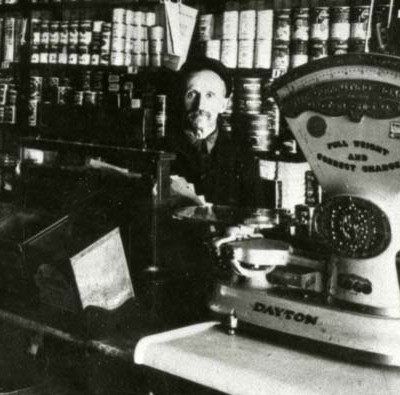
McDonald was settled as a trading post along the future border of Allegheny and Washington counties in the late 18th century. A small community formed in the area after the Pittsburgh, Cincinnati, Chicago and St. Louis Railroad, also known as the Panhandle Railroad, built a station in McDonald in 1865. Oil discoveries in the vicinity of McDonald in 1889 and 1890 brought hundreds of people to the area, increasing the population nearly three-fold within a few years. McDonald was incorporated as a borough in late 1889.
Jewish families lived in McDonald as early as 1906, according to charitable records published in the Jewish Criterion. The Southwestern District of Pennsylvania Jewish Religious Schools Program organized a school in McDonald in 1916, and Hadassah organized a chapter in the borough in 1923. The community organized a congregation called Agudath Achim as early as 1920, according to notices in the Jewish Criterion.
The Jewish population of McDonald was small and declined slightly between World War I and World War II. The American Jewish Yearbook listed a population of 70 in its 1928-1929 edition and 60 in its 1940-1941 edition. “Shopping was no problem, except for kosher meat,” according to a reminiscence of the borough by lifelong McDonald resident Eugene Miller, included in Jews in Small Towns: Legends and Legacies. “Groceries came from father’s store, clothing from Levinson’s, shoes from Broidas, kosher meat from Pittsburgh. Someone made the trip every Thursday, by train, for the latter. In later years, in my own marriage, a large freezer stored six months of kosher meat procured from Pittsburgh, Cleveland or Columbus, Ohio.” Miller also recalled many Jewish-owned businesses in the borough, including “a tailor shop and a hardware store, furniture store, dry goods store, five-and-ten-cent store, and two other groceries. Also two shoe stores and one ice cream parlor—all Jewish-owned.”